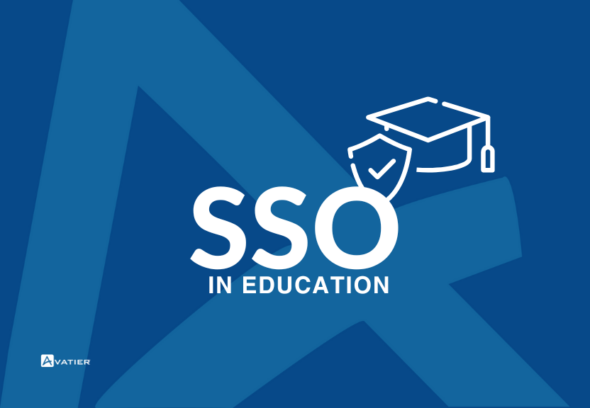Especially now, education institutions heavily depend on many software applications from online learning platforms to student information systems to automate processes and provide better learning experiences. SSO can reduce the burden and need for multiple logins and online security hazards.
SSO provides a single set of credentials to educators for accessing multiple applications and systems. Educators can move among several platforms with the help of one login, hence saving on time. They will also not need to remember multiple passwords. It not only increases productivity but also simplifies the usage of the technology resulting in integration of technology in the educational sector becoming smooth and easy.
Significance of SSO in Education
In education industry, in which the security and privacy of student data matters the most, single sign-on plays significant role in protecting confidential information. With SSO, teachers’ mind are at ease knowing that their login details are safeguarded by robust encryption algorithms, thus mitigating the possibility of data leaks and unauthorized access. Besides, SSO empowers educational institutions to have better control over user access where administrators can easily grant or revoke access to applications as required. This restricts access to the student details and other sensitive information to authorized people thus encouraging data security measures.
As such, SSO makes logging in easier for instructors, as they no longer have to remember many logins. Not only does this minimise password related security issues but also saves the instructors time. Educators can spend more time on teaching and working with students as opposed to dealing with the annoyance of signing in and out of different applications. The SSO simplifies the authentication, thus, enhancing efficiency and productivity of the institutes of education.
SSO in Education: Data Security with SSO
In today’s digital age educational institutions deal with an enormous amount of data from school records to student test results. Security against unauthorized access and preserving data integrity is an essential aspect. SSO adds an extra security layer, minimizing the risk of data leakage and unlawful access. SSO minimizes the likelihood of account take-over, identity theft and unauthorized account usage through the implementation of strong authentication processes.
SSO introduces centralized user management which makes it simpler for administrators to supervise and restrict user access. Access to applications can be immediately terminated or altered in cases of a security incident or personnel change, the damage potential is minimized and the security of the data is ensured.
Delivering Enhanced User Experience Through Frictionless Learning
Educators come across difficulties while using various applications to provide a consistent learning environment. SSO allows teachers to move between different platforms which may include learning management systems, student information systems and content repositories without the need of multiple logins. This simplifies the process, thereby enabling educators to simply access and incorporate different tools and resources into their teaching routine.
Therefore, SSO also relieves instructors of the task of remembering and handling numerous usernames and passwords. The resource also minimizes time wastage and the cognitive fatigue linked to technology adoption. Teachers can concentrate on designing interesting lessons and giving individualized instruction, instead of being mired in technical complications.
Single Sign On in Educational Establishments
Implementing SSO in educational institutions takes meticulous planning and a few considerations. Here are some key steps to successfully integrate SSO into the existing infrastructure:
Step 1: Needs and Goals Assessment
Before the deployment of SSO, the particular needs and goals of the given educational establishment must be measured. This comprises of identifying the applications and systems that educators commonly use, learning the current authentication process, and appraising the level of security that student data requires.
Step 2: Selecting the Right SSO Solution
After the needs and goals are identified, finding the right SSO solution that meets the institutional requirements. Factors taken into account are how easy to integrate with the other applications, scalability, support across various devices and strong security measures.
Step 3: Planning and Implementation
The detailed implementation plan should be created after selection the SSO solution. That covers making a timeline, setting the budget, and collaborating with the involved parties. The implementation should be well handled so that the interference is reduced and the process is facilitated for the educators.
Step 4: Training & Support
Appropriate training and support ought to be given to the teachers so that they are acquainted with the new SSO system. There should be clear instructions, user guides and continuous technical support provided so that one is able to tackle any concerns or questions that may arise.
Conclusion
Single Sign-On (SSO) is a potent tool that helps educators with improved security, speeding up processes of learning and reducing the number of passwords needed. Through simplified login, lowered risk of data leak and streamlined workflows, SSO allows lecturers to spend their time doing what they do best – teaching students.
The implementation of SSO in educational institutions is not an easy task and must be approached with caution, but the advantages exceed far the initial investment. Single Sign-on permits data protection of students and at the same time it allows teachers to benefit from a more efficient and amicable technology environment.
Do your trial right now and see the force of SSO in education yourself.




